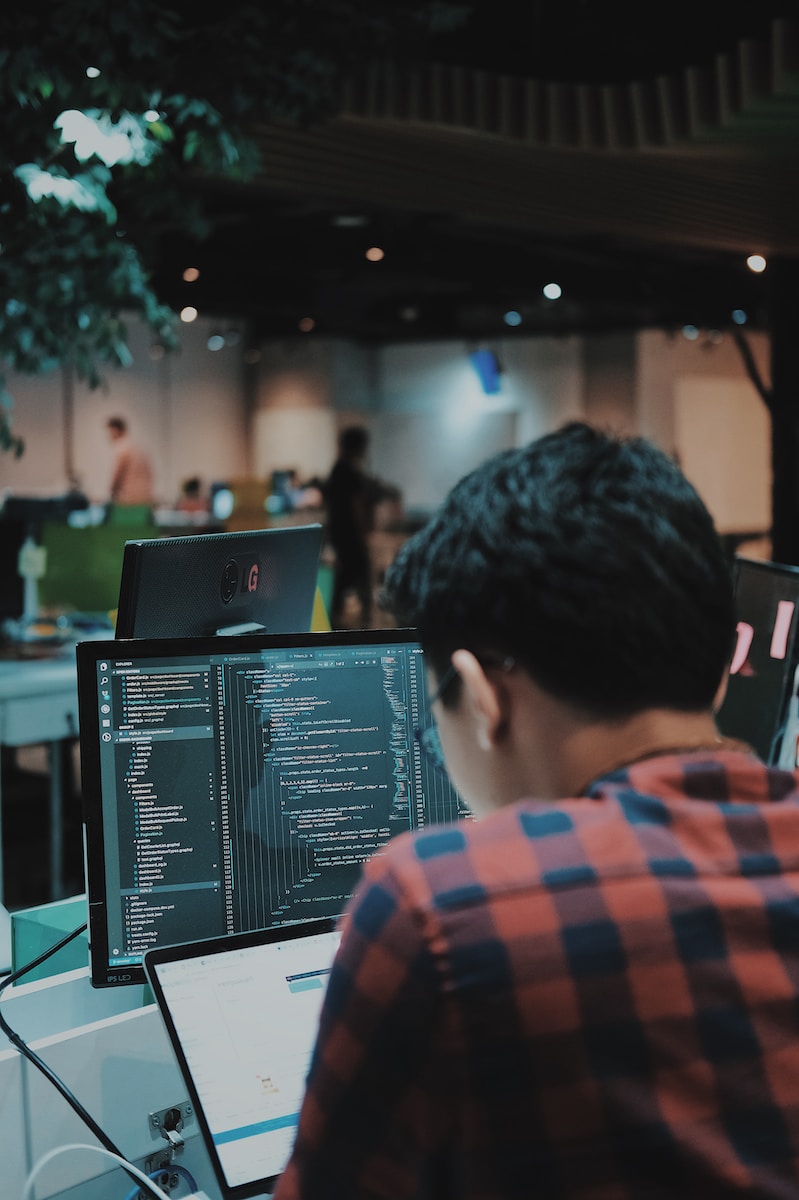Data leakage in machine learning is a critical issue that has been gaining significant attention in recent years. It refers to a situation where information from outside the training dataset is used to create the model. This can lead to overly optimistic performance estimates and models that fail to generalize well to new data. Understanding the risks associated with data leakage is crucial for anyone involved in machine learning, from data scientists to business leaders.
Machine learning models are designed to learn patterns from a specific set of data, known as the training data, and then apply these patterns to new, unseen data. However, if the model is inadvertently given access to information it should not have during the training phase, it can lead to data leakage. This can occur in various ways, such as when data is not properly partitioned between training and testing sets, or when future information is accidentally included in the training data.
The primary risk associated with data leakage is the creation of overly optimistic models. When a model is trained on data that includes information it should not have access to, it can appear to perform exceptionally well on the training data. However, this performance is often not replicated when the model is applied to new data. This is because the model has essentially ‘cheated’ during training by using information that will not be available in real-world scenarios.
Another risk of data leakage is the potential for privacy breaches. In some cases, sensitive information can be inadvertently included in the training data, which can then be learned by the model. This can lead to situations where the model unintentionally reveals sensitive information when making predictions. This is particularly concerning in fields such as healthcare, where models may be trained on patient data that includes sensitive health information.
Data leakage can also lead to wasted resources. Training machine learning models can be a time-consuming and costly process. If a model is trained on leaked data, it may need to be discarded and retrained once the leakage is discovered. This can lead to significant delays and increased costs.
Preventing data leakage requires careful data management and a thorough understanding of the machine learning process. It is important to ensure that data is properly partitioned between training and testing sets, and that future information is not included in the training data. Additionally, it can be beneficial to use techniques such as cross-validation to assess the performance of the model on unseen data.
In conclusion, data leakage in machine learning is a serious issue that can lead to overly optimistic models, privacy breaches, and wasted resources. By understanding the risks associated with data leakage and taking steps to prevent it, it is possible to create more reliable and effective machine learning models. As machine learning continues to play an increasingly important role in a wide range of industries, the importance of addressing data leakage cannot be overstated.
Preventing Data Leakage in Machine Learning: Effective Strategies
Data leakage in machine learning is a significant issue that can compromise the accuracy and reliability of predictive models. It occurs when information from outside the training dataset is used to create the model. This can lead to overly optimistic performance estimates, as the model may simply be memorizing data rather than learning to generalize from it. Therefore, preventing data leakage is crucial in developing robust and reliable machine learning models.
One effective strategy to prevent data leakage is careful data preparation. This involves ensuring that no data from the test set is used during the training phase. It is essential to split the data into training and test sets before any preprocessing or feature extraction takes place. This way, the model is not exposed to any information from the test set during training, which could otherwise lead to data leakage.
Another important strategy is the use of cross-validation. Cross-validation is a technique that involves partitioning the data into subsets, training the model on some of these subsets, and then testing it on the remaining ones. This process is repeated several times, with different partitions used for training and testing each time. Cross-validation helps to ensure that the model is not overly reliant on any particular subset of the data, which can help to prevent data leakage.
Feature selection is another area where data leakage can occur. If features are selected based on their performance on the test set, this can lead to overfitting and data leakage. To prevent this, feature selection should be based solely on the training data. Techniques such as recursive feature elimination, which involves iteratively removing features and assessing model performance, can be useful in this regard.
Data preprocessing is another potential source of data leakage. If preprocessing steps such as normalization or scaling are performed on the entire dataset before splitting it into training and test sets, this can lead to data leakage. To prevent this, preprocessing should be performed separately on the training and test sets. Alternatively, the preprocessing parameters (such as the mean and standard deviation for scaling) can be calculated on the training set and then applied to the test set.
Finally, it is important to be aware of the potential for data leakage when using external data sources or incorporating domain knowledge into the model. If this information is not also available at prediction time, it can lead to data leakage. Therefore, any external data or domain knowledge used should be carefully vetted to ensure it will be available when the model is used to make predictions.
In conclusion, preventing data leakage in machine learning involves careful data preparation, the use of cross-validation, appropriate feature selection, careful data preprocessing, and the judicious use of external data and domain knowledge. By following these strategies, it is possible to develop machine learning models that are robust, reliable, and free from data leakage.



